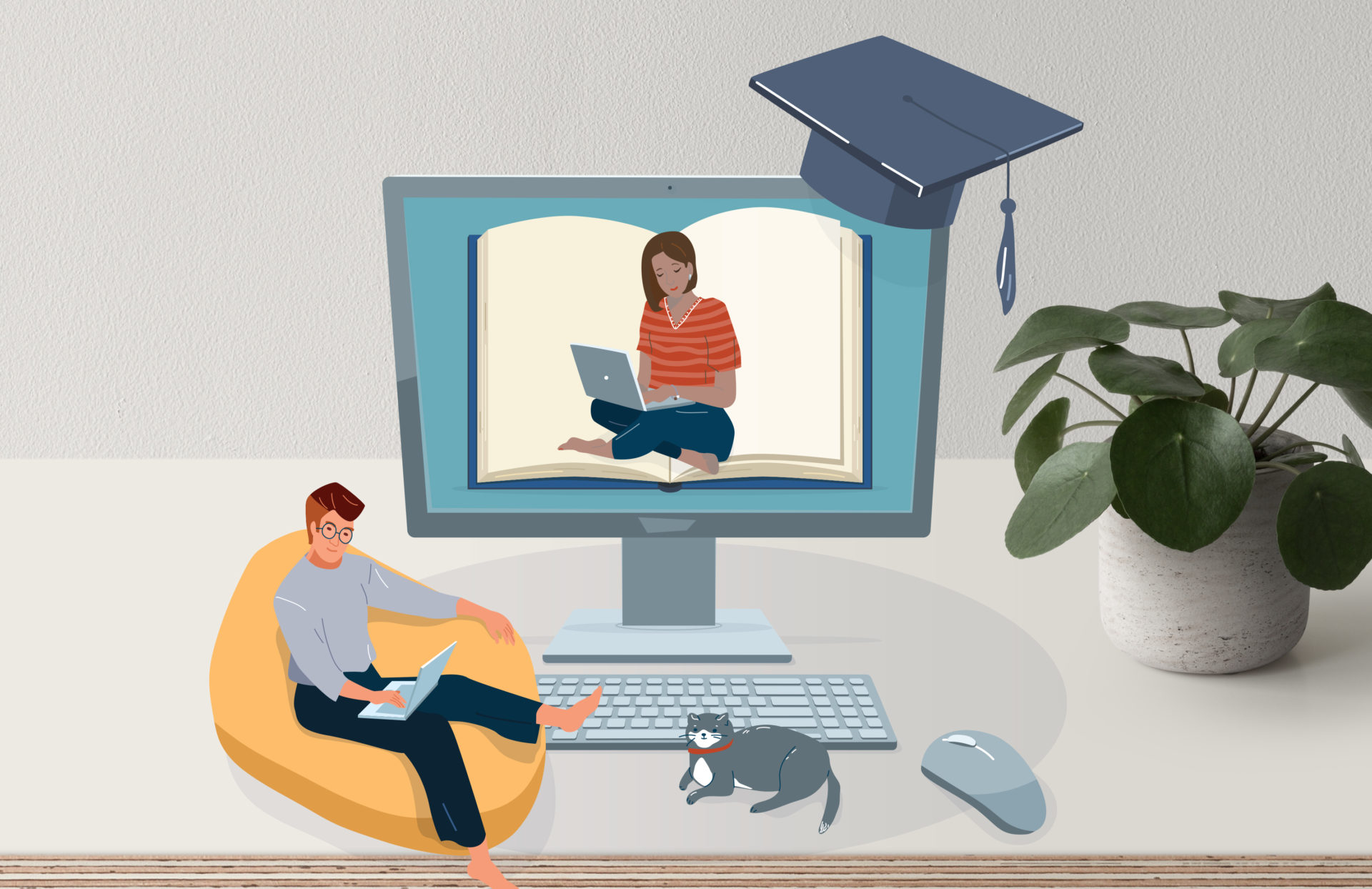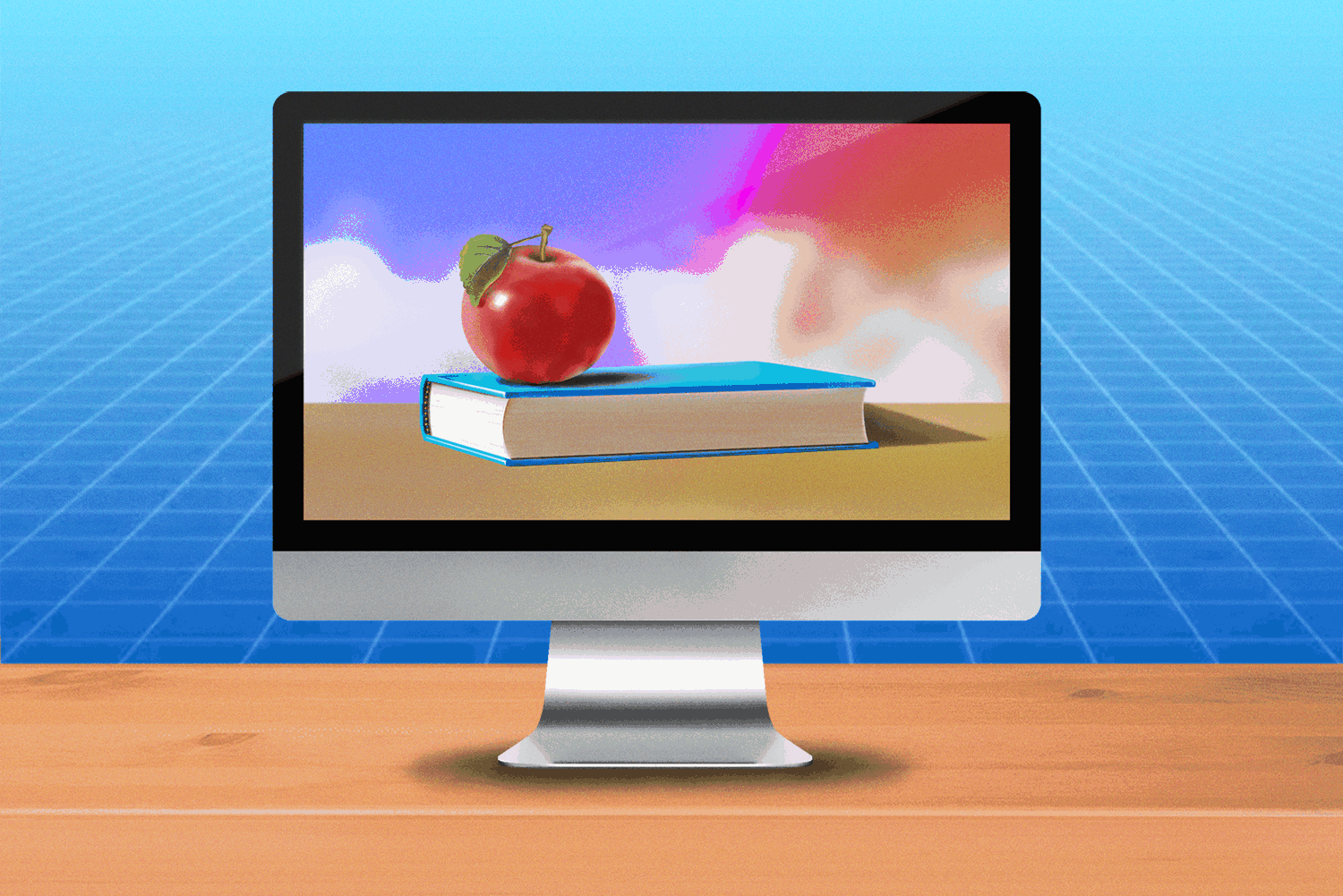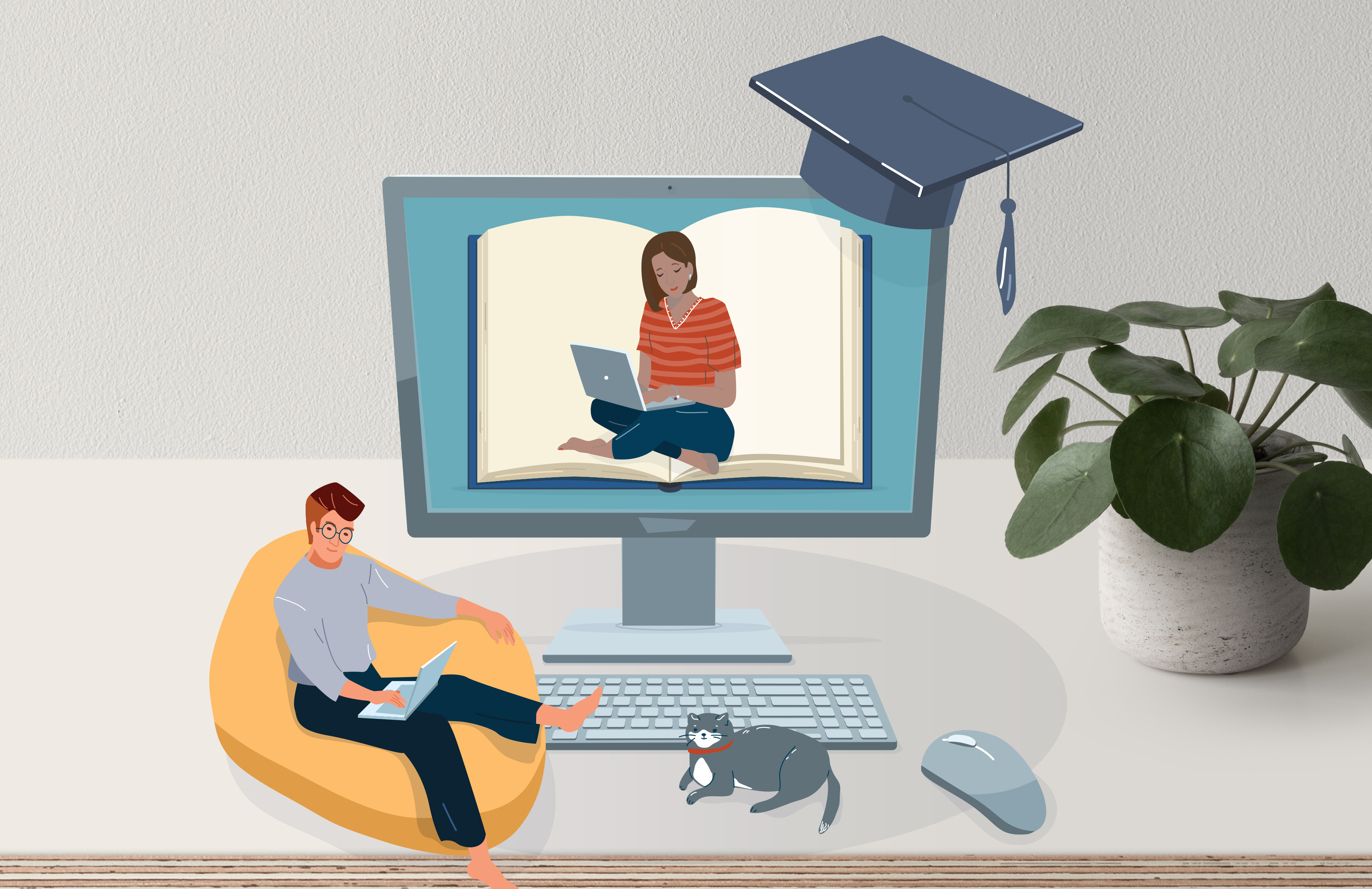
Surtitling the Opera
Surtitles — the projected translation above the stage of an opera and, some could say, a cousin of captioning — began with the Canadian Opera Company. How do we know? They trademarked the term.
The practice of surtitling started in 1983 when then-director Lotfi Mansouri asked a key question: If you can caption for work on television, why couldn’t you do it live above the stage?
Surtitling allows those who don’t speak the original language of the opera — to which most productions stay faithful — to follow the singing, and provides additional access for those in the audience who want to be able to follow along. Just like Ai-Media’s subtitling service – which can provide the same type of access for any live stream (or recorded content)!
How the Art of Surtitling is Done
Gunta Dreifelds was working with the company at that time and has been surtitling ever since. She said in an interview with Ai-Media that the process of preparing translations for projection above the stage hasn’t changed that much, save for the equipment that’s used.
“We started with 35 millimeter glass slides and three carousels, slide projectors . . . Three carousels would have 240 spaces and that would be about enough for an act of an opera, an average opera.”
Gunta said the three carousels were used so that an operator would not have to change trays of slides mid-act where a break in song was not available. Though the slides are a thing of the past, surtitling is now done through timed PowerPoint presentations. It’s all part of Dreifelds’ refined process.
“First, I just listen to [the score] and, by ear, make marks where I think the titles will change by phrases. So the titles, the words, come from the music, not the other way around.”
From there, the translation begins anew. For each run of a show, Dreifelds sits with the director and attends rehearsals to make sure that the translation she’s providing matches their vision. Once the work on a libretto is completed that can mean anywhere from approximately 600-2000 slides. All of this happens one to two lines at a time.
Instant Access for Multiple Language Groups
The use of surtitling meant that more operas could be brought to a wider audience. Suddenly, operas that were not sung in the dominant language of the area could be performed.
As Gunta put it, “You don’t have to know French, Italian, Czech. German, you can just know English.” Operas are primarily sung in their original language to provide a faithful experience to the ethos of the score.
There is a creative aspect to how surtitles are deployed, too. Rather than considering them an add-on or not part of the world of the opera, Drefelds views the surtitles as part of the whole, linking with the sound of the singers’ voice, alongside other theatrical features.
“The visual [text] is like a continuation of the visual from the stage to the costumes, and lights and sets.”
This linguistic magic allows for access in more ways than one. And you can do the same with Ai-Media’s dynamic services – subtitles, captions and transcripts.
Get in touch to find out how you can create access with Ai-Media captions and subtitles.










